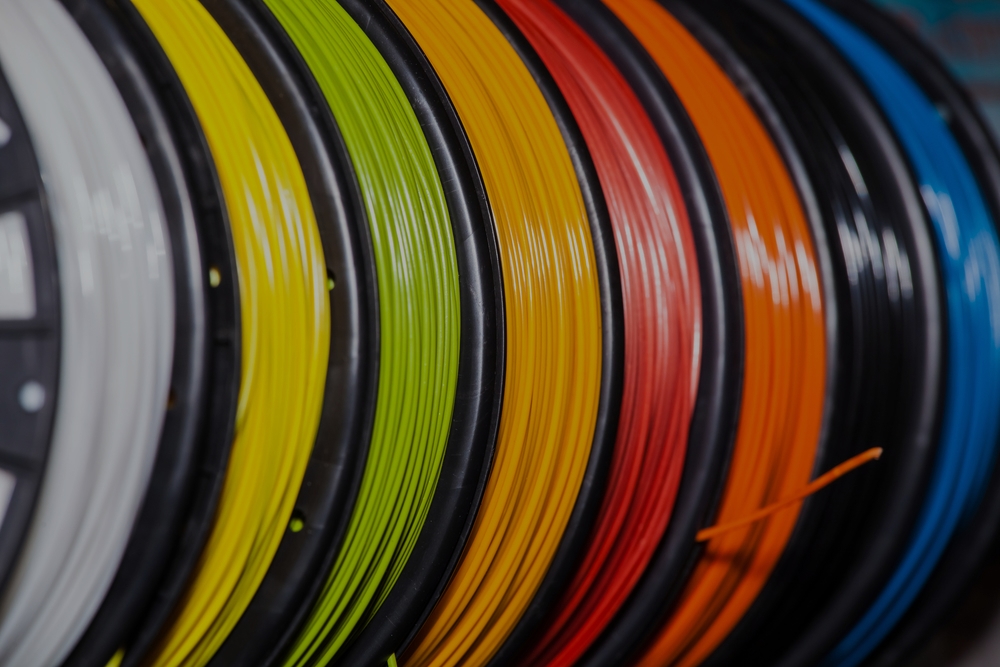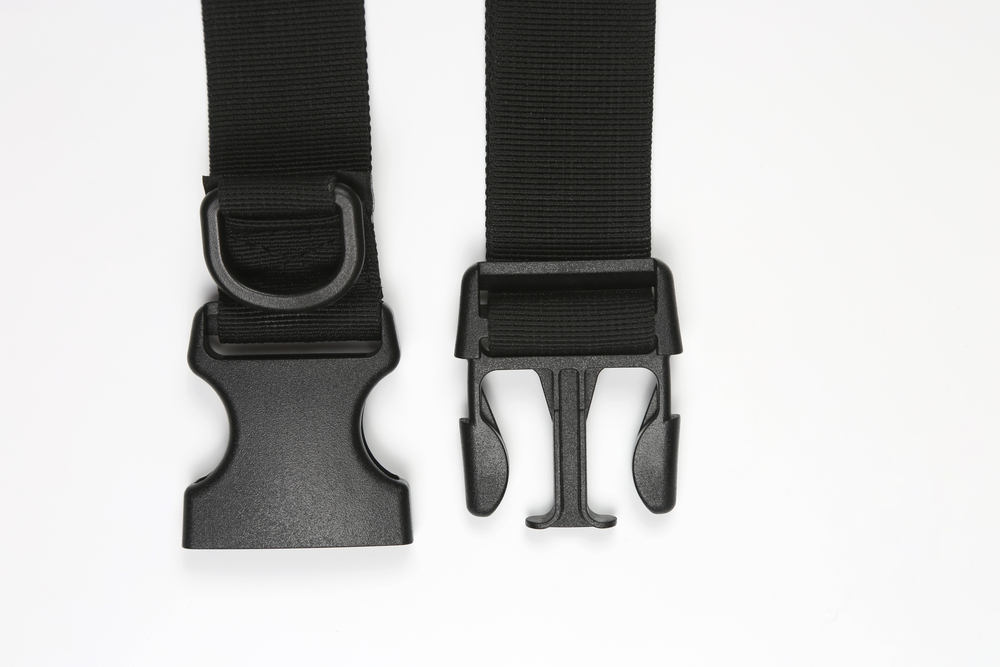

Previously published on fastradius.com on April 15, 2021
Acrylonitrile butadiene styrene (ABS) is an impact-resistant engineering thermoplastic created from acrylonitrile, butadiene, and styrene polymers. It’s strong, durable, and compatible with many manufacturing processes, including injection molding, fused-deposition modeling (FDM), and even CNC machining. Engineers and product teams choose ABS when they want a versatile and affordable material that’s easy to machine. What chemical and mechanical properties does ABS offer? When does it make sense to use ABS over other thermoplastics? Here’s everything you need to know about this popular plastic.
Typically, acrylonitrile butadiene styrene is made by emulsion or by polymerizing styrene and acrylonitrile in the presence of polybutadiene. This process produces a long chain of polybutadiene that crisscrosses with shorter chains of polystyrene-co-acrylonitrile, creating strong bonds. ABS can also be created by using a patented process known as continuous mass polymerization.
ABS is one manufacturing’s most materials and it comes in a variety of forms. It can be made into pellets for injection molding, filament for additive manufacturing, and extruded for CNC machining.


Acrylonitrile butadiene styrene has excellent mechanical properties. It’s naturally strong and rigid but flexible enough to be highly machinable, and it stays mechanically strong and stable over time. It offers good impact resistance even at low temperatures, good insulating properties, and good abrasion and strain resistance. Additionally, it holds up well in the presence of diluted acids and alkalis. From a design standpoint, parts made with acrylonitrile butadiene styrene plastic are easy to paint and glue and have excellent surface finishes.
The mechanical specifications for generic acrylonitrile butadiene styrene include:
ABS does have its drawbacks. Even though it has high abrasion and impact resistance, ABS has poor weathering and solvent resistance. Also, acrylonitrile butadiene styrene plastic is prone to stress cracking when it comes into contact with certain greases.
These limitations notwithstanding, there are numerous reasons to choose acrylonitrile butadiene styrene for your next project. It’s inexpensive and easy to manufacture with, but still sturdy enough for a variety of industrial applications. While polylactic acid (PLA) can be used for many of the same applications as acrylonitrile butadiene styrene, ABS is more ductile and more heat-resistant.
For these reasons, you can find acrylonitrile butadiene styrene in a wide variety of products across many industries. ABS is most commonly found in consumer products like vacuum cleaners, refrigerator liners, computer keys, and even LEGO bricks. Higher-performance applications include seat belt and dashboard components in the automotive industry, compressors and manufacturing nebulizers in medical device manufacturing, and electronic enclosures.
Acrylonitrile butadiene styrene (ABS) is a highly versatile plastic that all product teams should learn about. It’s affordable, easy to use, and strong enough to suit a wide variety of applications. Plus, you can enhance acrylonitrile butadiene styrene’s excellent mechanical properties by adding heat stabilizers and other additives, or by combining it with another plastic. In fact, the possibilities are so extensive that it can be challenging to figure out which type of ABS is best for your part. Fortunately, a seasoned manufacturing partner can help.
At SyBridge, we make it our mission to push the boundaries of what’s possible. That starts with helping our partners choose the best materials for their parts. Our engineers and product designers have experience working with a wide breadth of materials, including acrylonitrile butadiene styrene plastic. We can help you determine whether this popular plastic is right for you, and offer tips and tricks that will take your project to the next level. Contact us today to get started!
Forget typical cycle times. We're pushing the boundaries of conformal cooling. While traditional approaches deliver…
Forget typical cycle times. We're pushing the boundaries of conformal cooling. While traditional approaches deliver…
From left to right: Brayden Janak (apprentice); Logan Vifaquain (CNC machining, Programming and CMM); Ron…
SyBridge Technologies is proud to announce we have been awarded the 2023 General Motors Supplier…
Today, designers and engineers are accustomed to working with digital tools in their day-to-day jobs.…
Optimizing Your Injection Molding Process for Cost-Effective Manufacturing Excellence In today’s competitive landscape, manufacturers are…